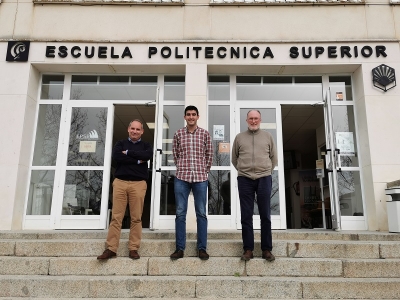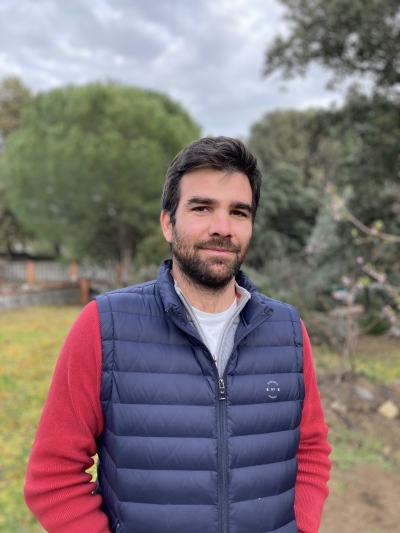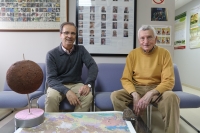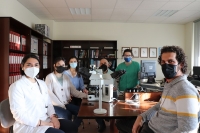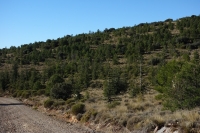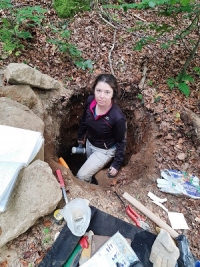The new sustainable, CO2-capturing concrete containing carbonated water
Escrito por UCC+iA research project using aggregates recycled fromConstruction and Demolition Waste (CDW) and carbonated water has succeeded in dosing a concrete that sequesters 181% more carbon dioxide than conventional concrete, while improving its mechanical properties. This new technology could be used in the manufacture of non-structural concrete elements, such as paving stones, curbstones, vaults and street furniture.
FROOTS PROJECT | Assessing stress in olive tree rootstocks to make them more resilient to global change
Escrito por UCC+iThe European FROOTS project crossbreeds olive tree varieties to achieve genetic improvements to deal with the impact of environmental stresses
Expanded knowledge of a mineral that helps decipher past climates
Escrito por UCC+iA review published in Reviews of Geophysics, featuring participation by the UCO, containsmuch of the knowledge generated about the magnetic and color properties of a mineral that can help to decipher the past climate of Earth and Mars: hematite.
Researchers identify the role of three key molecules in the pig immune system against one of the viruses most dangerous to the swine industry
Escrito por UCC+iA study on Porcine Reproductive and Respiratory Syndrome virus analyzes the role of what are known as Viral Transcription Factors, molecules responsible for the differentiation of immune system cells, and concludes that three of these molecules are expressed with greater intensity in the most virulent strains of the pathogen
A study proposes the Atlas cedar as an alternative to mitigate the effects of climate change in forests on the Iberian Peninsula
Escrito por UCC+iA study carried out by an international team and published in a special issue of the journal Forests on adaptive forestry analyzed the usefulness of the Atlas cedar, a North African species, in mitigating the effects of climate change in the forest systems of the Iberian Peninsula's Mediterranean Arc
Dead or alive? Identifying factors that predispose trees to death after windstorms in Central European forests
Escrito por UCC+iSoil, growth pattern and species heterogeneity in the forest determine tree survival after windstorms, according to a study by the University of Cordoba and The Silva Tarouca Research Institute in the Czech Republic.


